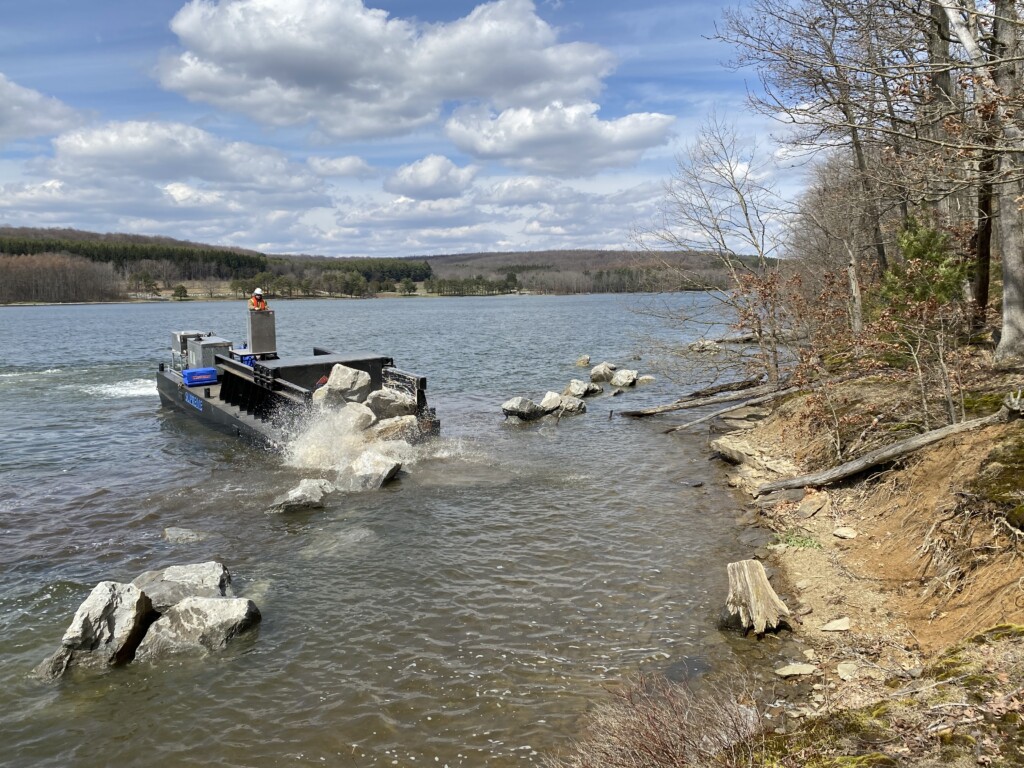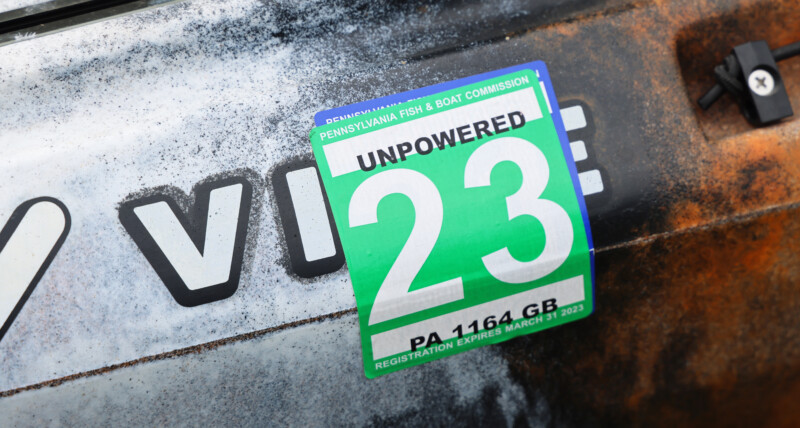
If you were describing where you live, work and play and were an animal, you would be referring to your habitat. Improving habitats in and around waterways results in healthier, more diverse aquatic communities. In turn, good habitat benefits people who fish, paddle and enjoy Pennsylvania waters.
Good Fishing Needs Good Habitat
Good habitat provides good fishing. When water, food and shelter are present in proper amounts, healthy fish populations provide good fishing. When one or more of these things are not available in proper amounts, populations are limited.
The Pennsylvania Fish and Boat Commission and other conservation-minded groups can improve the habitat in lakes and streams. The PFBC uses money from fishing license sales to stabilize lake shorelines and stream banks and create diverse in-water habitat.
Lake Habitat

Only a few lakes in Pennsylvania are natural. Others were constructed many years ago to provide flood control or recreation. Construction projects often removed plants, logs and other debris, decreasing the natural habitat for fish and other aquatic critters.
Now, the PFBC adds underwater structures that attract underwater plants and animals and give fish places to hide. Other PFBC projects stabilize the shoreline and protect it from wind and wave erosion.
Stream Habitat

Steep, eroded banks are one sign that a stream is out of its natural state. These streams have little to no plants on the banks. They may also be wide and shallow with the water moving slowly. Silt often covers the bottom of these streams, so fish and other animals or bugs might not have places to find food or cover in the streams.
The PFBC can improve streams with poor habitat. Most projects work to stabilize banks and create diverse in-stream habitat. Narrowing the channel increases the water speed. Fast water keeps the bottom clean and creates places for fish to hide. Things like logs, root wads, rocks and native plants provide fish places to hide. It may take many years to see the full benefit of stream improvements.



